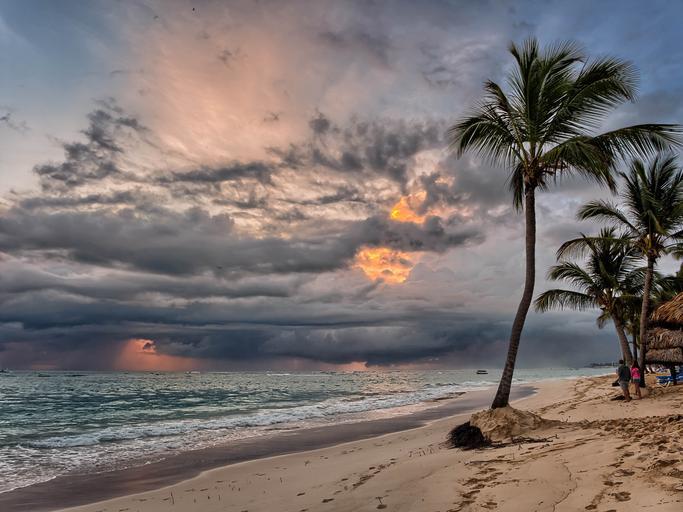Introduction
In our rapidly evolving world, the quest for self-identification and understanding remains a timeless endeavor. This journey often manifests through various forms of artistic expression, particularly visual arts, which are powerful mediums for self-exploration. One such compelling avenue is photography, where one captures not just images but also emotions, memories, and narratives that define the human experience. In this article, we will delve deep into The Journey of Self-Exploration Through Visual Arts, focusing on diverse photographic techniques such as self-portrait photography, aesthetic fine art photography, and symbolic photography. We will explore how these forms can unveil layers of personal growth, artistic expression, and the interplay between nature and decay.
The Journey of Self-Exploration Through Visual Arts
Visual arts have historically served as mirrors reflecting our internal landscapes. Through lenses—both metaphorical and literal—we capture fleeting moments steeped in meaning. This exploration often begins with self-portraiture—a profound method of introspection that invites us to confront ourselves candidly.
Self-Portrait Photography: A Window to the Soul
Self-portrait photography is a powerful tool for self-discovery. It allows individuals to create narratives that resonate with their inner thoughts and feelings. Unlike traditional portraiture that may depict an idealized version of oneself, self-portraits embrace authenticity.
The Psychological Impact of Self-Portraits
Creating self-portraits can lead to significant psychological benefits. Engaging in this process encourages self-reflection, fostering a deeper connection with one’s identity. When facing the camera alone, artists often confront insecurities and vulnerabilities, resulting in poignant works that resonate with viewers.
Techniques in Self-Portrait Photography
There are numerous approaches to self-portrait photography:
Using a Self-Timer:- This technique allows artists to set their camera up at a distance and experiment with various poses.
- Manipulating shutter speed can create dynamic portraits that capture movement or stillness.
- Using natural elements or urban landscapes can enhance the narrative within the photograph.
Fine Art Photography: Beyond Aesthetics
Fine art photography transcends mere documentation; it embodies artistic vision and intent. It serves as an exploration of aesthetic values while inviting viewers into the artist's emotional realm.
Aesthetic Photography Techniques
In fine art photography, aesthetics play a crucial role in conveying messages:
Black and White Photography:- This technique strips away color distractions, allowing viewers to focus on form and texture.
- Utilizing muted colors evokes nostalgia and creates an emotional depth.
- Capturing fleeting moments draws parallels between life’s transience and visual storytelling.
Human Narratives in Photography
Photography https://zenwriting.net/nirneynewf/creating-a-personalized-atmosphere-with-custom-wall-art-displays has an innate ability to tell stories—human narratives encapsulated within frames evoke empathy by connecting us through shared experiences.
Narrative Photography Techniques
Creating compelling narratives requires thoughtful composition:
Symbolic Imagery:- Incorporating symbols adds layers of meaning.
- Juxtaposing light against dark or decay against bloom highlights life's complexities.
Nature Reclaiming: Capturing Decay in Ruins
As photographers venture into overgrown ruins or neglected spaces, they bear witness to nature reclaiming its territory—an ongoing dialogue between human structures and natural forces.
Moss-Covered Ruins in Photography
Capturing moss-covered ruins reveals beauty amidst deterioration:
These settings symbolize resilience—a testament to nature's tenacity. By juxtaposing man-made structures against vibrant vegetation, artists explore themes of decay versus life.Ruin and Bloom in Photography
The concept of ruin intertwined with blooming life epitomizes transformation:
Photographers can capture imagery portraying both decay (withering beauty) and vitality (blooming life). This duality reflects personal growth—the evolution from struggle toward renewal.Playing With Time: The Art of Shutter Speed Experiments
Time is an essential element in photography; manipulating shutter speed enhances visual storytelling dramatically.
Understanding Shutter Speed Experiments
Shutter speed dictates how motion is captured within an image:

Through experimentation, photographers can reveal deeper meanings behind their subjects by emphasizing emotional undertones associated with time passage.

Timeless Self-Portraits: Exploring Identity through Artistic Expression
Timeless self-portraits offer glimpses into personal journeys beyond mere physical appearances—they invite viewers into intimate spaces where identity unfolds.
Artistic Self-Expression through Timeless Portraits
Creating timeless portraits requires careful consideration regarding composition:
Utilize lighting effectively to evoke specific moods. Consider background elements that add context without overshadowing the subject. Experiment with angles; unconventional perspectives can reveal hidden aspects of identity.By embracing these techniques thoughtfully while allowing spontaneity during shoots fosters authentic representation—a key aspect when aiming for timelessness in portraiture.
FAQs
Q1: How does photography facilitate self-exploration?
A1: Photography acts as a mirror reflecting one's emotions, insecurities, or aspirations while offering a unique perspective on personal experiences through visual storytelling.
Q2: What techniques can enhance my skills in aesthetic fine art photography?
A2: Focusing on composition principles like rule-of-thirds or leading lines along with effective use of color theory plays a vital role while experimenting creatively yields unique results aligned with your artistic voice.
Q3: Can I incorporate nature into my self-portraits?
A3: Absolutely! Nature provides both backdrop options & thematic depth when exploring personal narratives—elements such as flowers symbolize growth & change while decaying branches represent resilience amid adversity!
Q4: What is narrative photography?
A4: Narrative photography tells stories using visual elements; it engages viewers by weaving together imagery that reflects human experiences & emotions while prompting contemplation about shared themes across cultures & timescales!
Q5: How do I choose between color versus black-and-white photography?
A5: The choice depends on intended emotion & message conveyed—black-and-white emphasizes contrasts while evoking nostalgia whereas color invites vibrancy thus creating differing atmospheres based upon subject matter!
Q6: Why is exploring decay important in visual arts?
A6: Delving into decay allows artists to confront societal issues surrounding impermanence & transformation—it sparks conversation around resilience amidst change leading toward deeper appreciation for beauty found even within brokenness!
Conclusion
Embarking on The Journey of Self-Exploration Through Visual Arts is not merely about creating images; it's about delving deep into the essence of what it means to be human—capturing struggles alongside triumphs through artistry uniquely tailored by each individual’s experiences & perspectives! Whether utilizing self-timer techniques for candid shots or engaging deeply with contrasting themes within captivating compositions—the exploration unveils layers beneath surfaces revealing histories waiting patiently behind every shutter click! So grab your camera today; embark upon this exhilarating adventure where art meets identity unveiling truths hidden beneath everyday existence!
This article has taken you through various facets of how visual arts serve as conduits for profound self-exploration—inviting you to reflect upon your own journey throughout!